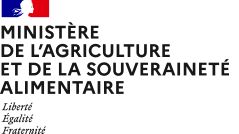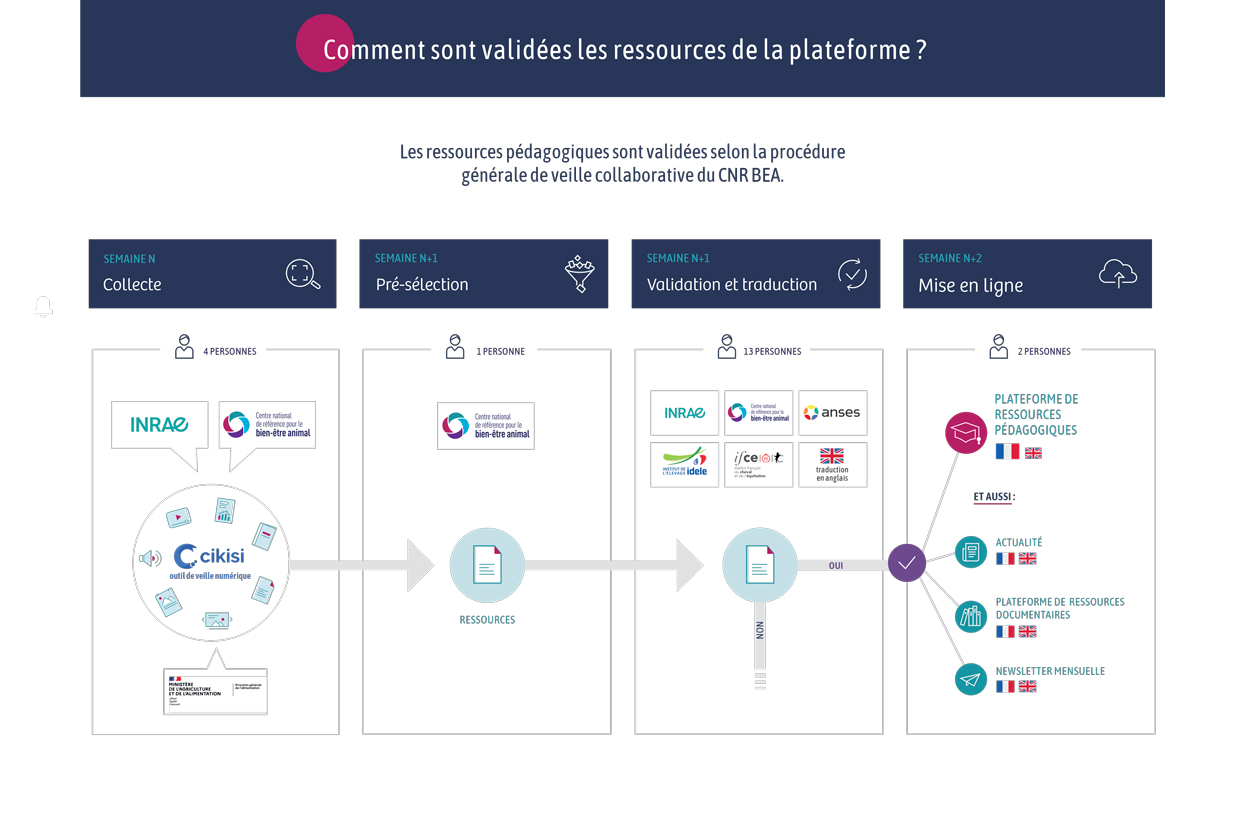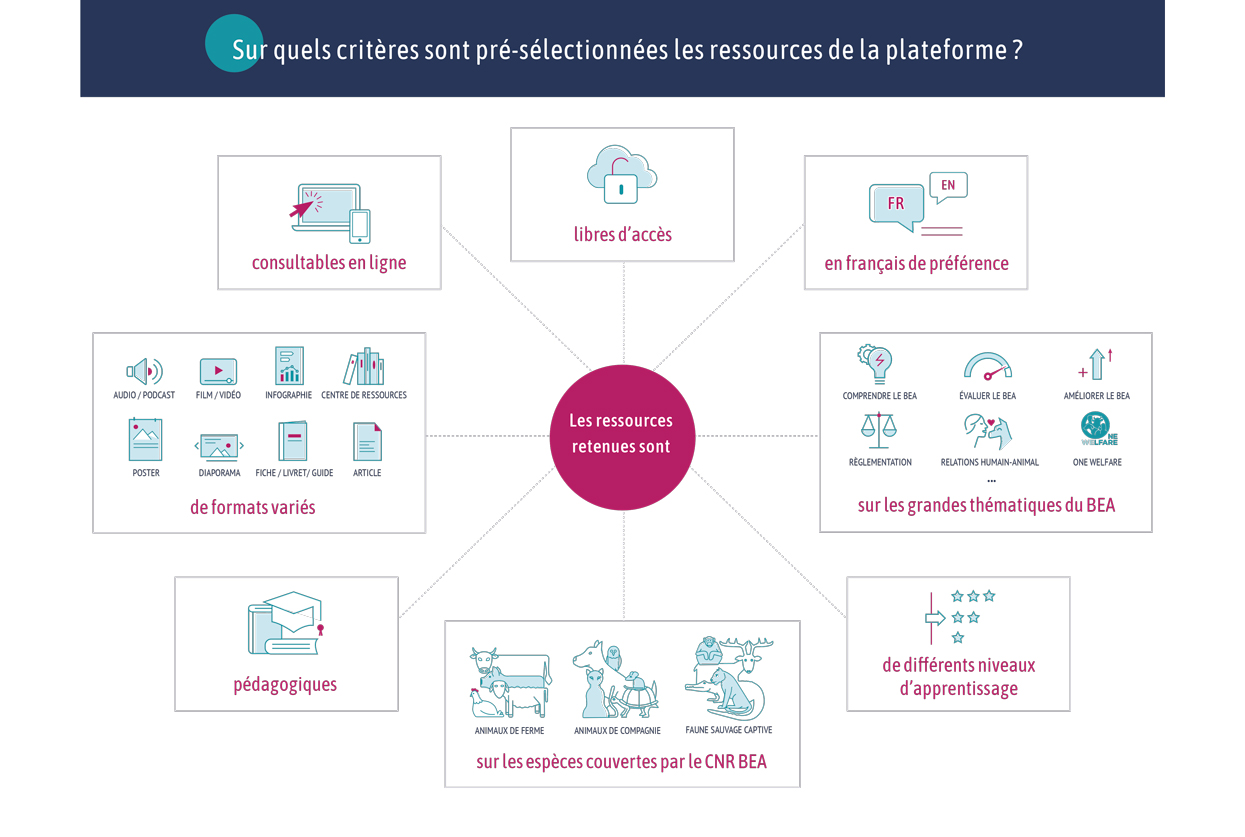Document type: Answer from the European Commission to question E-002435/24
Authors: question: Mireia Borrás Pabón (PfE). Answer: Mr Várhelyi on behalf of the European Commission
Question en anglais (original) : Meat sector unhappy with the Commission’s new proposal amending the Regulation on the protection of animals during transport.
The Spanish poultry and livestock sectors are concerned about the Commission’s proposal of 7 December 2023 for a new regulation on the protection of animals during transport. They feel that the new requirements it lays down will compromise both the competitiveness of the sectors, which are already worried about their profits, and the purses of vulnerable families, who will see hikes in meat prices in the shops. The text tightens up the animal transport requirements, for example by reducing stocking density and increasing container heights. These measures have no evidence base: according to the livestock sector itself, larger containers mean that animals could be bounced around during transport, which could lead to serious injuries or even death. In view of this:
1- Can the Commission provide evidence of the studies it used as the basis for its new animal transport requirements and their impact on food safety?
2- Has the Commission carried out any studies on the economic impact of its proposal to support families’ finances in the light of the expected price increases?
Réponse en anglais (original) : The EU legislation on the protection of animals during transport[1] is being revised to align it with the latest scientific evidence, to broaden its scope, to make its enforcement easier and ultimately, to ensure a higher level of animal welfare. The process of preparing the Commission proposal has been supported by scientific opinions developed by the European Food Safety Authority (EFSA)[2][3][4][5][6] that always considers the related animal health, public health, and welfare risks. Various social, economic, and environmental considerations were taken into account by the Commission in its impact assessment on the proposal[7]. In particular, the Commission looked into the potential impact of the proposed measures on food security and other related elements, including affordability of food for end consumers. For this purpose, the Commission asked the Joint Research Centre to prepare the ‘Modelling of policy options to support the impact assessment accompanying the revision of the EU legislation on the welfare of animals during transport’[8]. The modelling includes an analysis of the impacts of the changes in food prices resulting from the proposed measures on food affordability in the EU. As the modelling shows, the proposed measures will only have an insignificant impact on the quantities of animal-based products produced, traded and consumed, and on consumer prices. Food affordability will therefore not be substantially impacted. EU and global food security will not be affected.
[1] Protection of animals during transport https://food.ec.europa.eu/animals/animal-welfare/eu-animal-welfare-legislation/animal-welfare-during-transport_en
[2] Welfare of pigs during transport https://efsa.onlinelibrary.wiley.com/doi/epdf/10.2903/j.efsa.2022.7445
[3] Welfare of equidae during transport https://efsa.onlinelibrary.wiley.com/doi/epdf/10.2903/j.efsa.2022.7444
[4] Welfare of cattle during transport https://efsa.onlinelibrary.wiley.com/doi/epdf/10.2903/j.efsa.2022.7442
[5] Welfare of domestic birds and rabbits transported in containers https://efsa.onlinelibrary.wiley.com/doi/epdf/10.2903/j.efsa.2022.7441
[6] Welfare of small ruminants during transport https://efsa.onlinelibrary.wiley.com/doi/epdf/10.2903/j.efsa.2022.7404
[7] Impact assessment https://food.ec.europa.eu/document/download/e4e762eb-bdd5-4540-baa5-15d5c0badb21_en?filename=aw_in-transit_swd_2023-401_ia-report_prt-1.pdf
[8] Modelling of policy options to support the impact assessment accompanying the revision of the EU legislation on the welfare of animals during transport https://op.europa.eu/en/publication-detail/-/publication/b9c3c05d-94e1-11ee-b164-01aa75ed71a1/language-en






